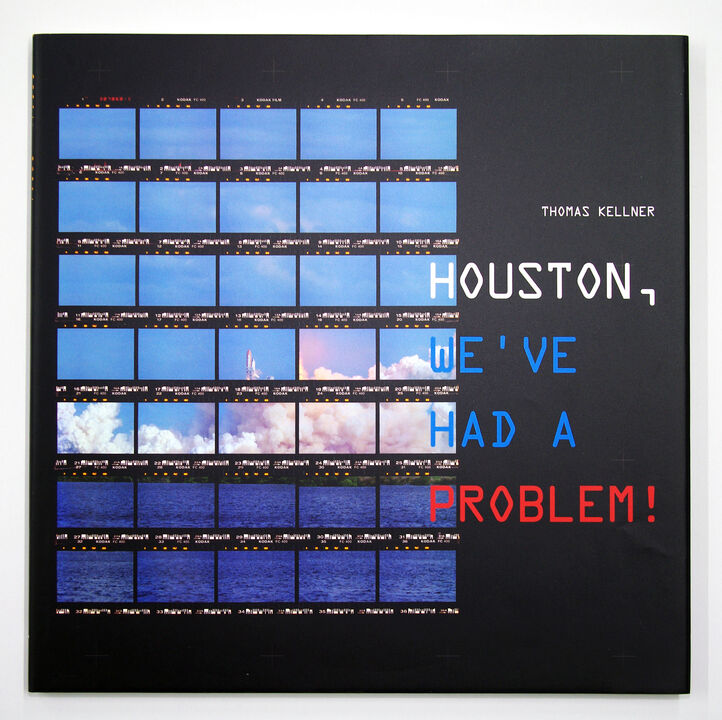Thomas Kellner: Houston, we've had a problem!
In 2002, Siegen photo artist Thomas Kellner traveled to the USA for the first time to make new contacts for his artistic career. At the FotoFest Houston, he came up for the first time with the idea of photographing the NASA Space Mission's Mission Control to record Houston in his oeuvre of cultural monuments and landmarks. Seven years later, he finally got the opportunity to realize his idea to create his own interpretation of the Mission Control. With the help of photographer and multimedia artist Melissa E. Noble, Thomas Kellner met the astronaut Leland Melvin in Houston in 2008, and became friends with him. On November 16, 2009, Thomas Kellner and Melissa E. Noble witnessed the launch of the STS - 129 mission in Cape Kennedy, Florida. Four months later, they visited NASA's Johnson Space Center Mission Control. Thomas Kellner then published his photography project in 2013, titled "Houston, we've had a problem!", including the launch of the Space Shuttle Atlantis in space, and illustrations, sketches and designs from the Mission Control Center.
,NASA is a big visual producer of images we all grew up with - the rockets, the shuttle, the space station - pictures from space; pictures of Earth... I want to give the images NASA puts into our world an artistic comment.' (Thomas Kellner, 2013: Visions of Mission Control. In: Houston, we’ve had a problem!)
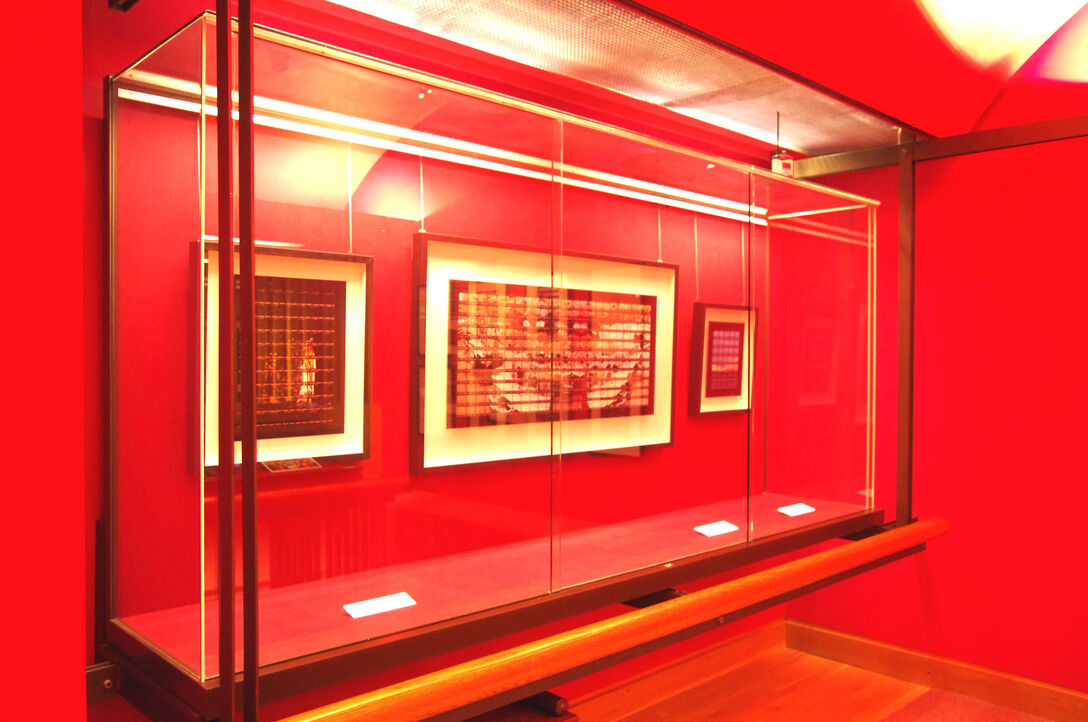
"Kellner spent more than ten years trying and working to make his space project happen, and his longing can be felt in the photographs. It is the age-old human longing to map the great unknown." Allison Pappas, Museum of Fine Arts, Houston/Texas
Space Shuttle Atlantis
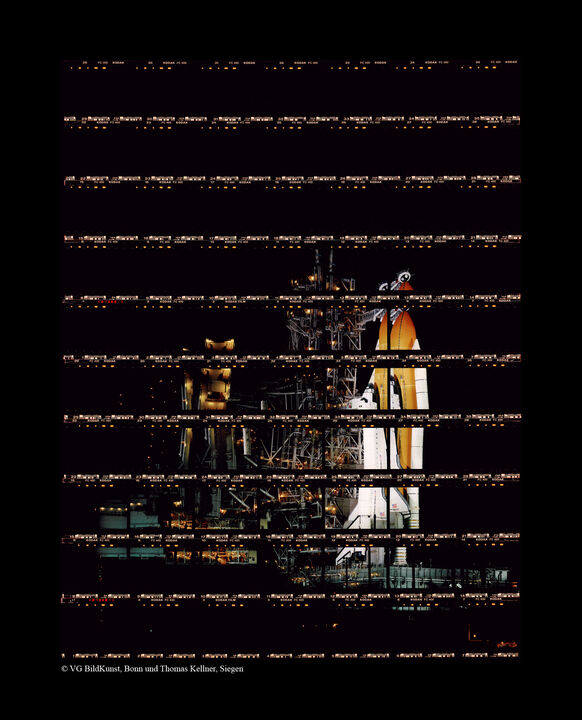
The NASA space shuttle was named after the first American oceanographic research vessel Atlantis and was built in 1984. A year later, on October 3, 1985 it had its first launch into space. OV-104 is the internal name of the orbiter. Altogether there were 33 missions with the space shuttle Atlantis in the 25 years of service. The last mission ended on July 21, 2011 and with the landing of the space shuttle also the era of shuttle flights ended. At the 31st Mission (STS-129) on November 16, 2009, Thomas Kellner was allowed to photograph, among other things, the launch of the space shuttle Atlantis. The crew included Charlie Hobaugh, Barry Wilmore, Robert Satcher, Michael Foreman, Randolph Bresnik and Leland Melvin. With the latter Kellner even made friends.
Today you can see the Atlantis as a museum piece in the Kennedy Space Center Visitor Complex.
STS-129
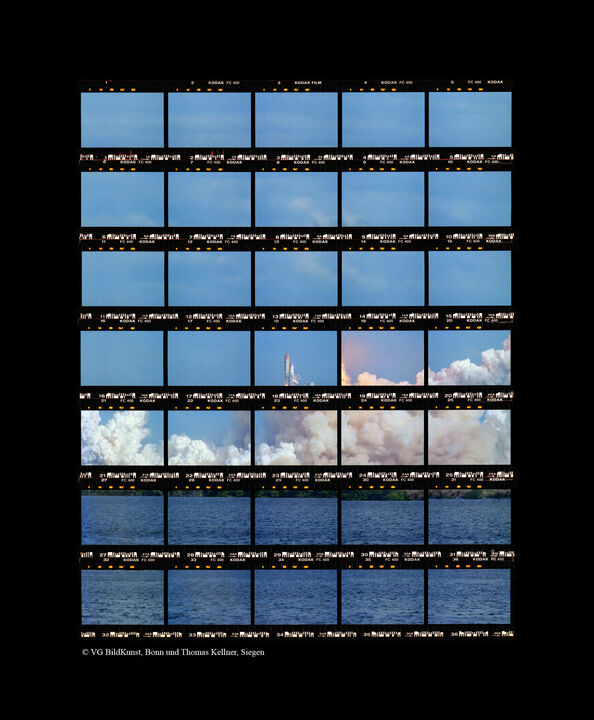
NASA's 129th space shuttle mission "STS-129" was launched at 19:28 UTC on November 16, 2009. It was the 31st flight of the US Space Shuttle Atlantis. On board was Barry Wilmore as pilot, Commander Charlie Hobaugh and mission specialists Robert Satcher, Michael Foreman, Randolph Bresnik and Leland Melvin.
The external transport and carrier platforms ExPRESS Logistics Carrier (ELC) 1 and 2 delivered supplies and spare parts, including a replacement gyroscope, to the International Space Station. Furthermore, upcoming maintenance work was carried out at the station. The mission consisted of a total of three space walks. In addition, the flight engineer Nicole Stott was brought back to Earth with the space shuttle from the ISS. For that the Atlantis was docked at 15:51 UTC on the third flight day after the rendezvous pitch maneuver was completed. Nicole Stott officially became a member of the Atlantis crew by opening the hatches of both spacecraft at 18:28 UTC. The space shuttle landed at 14:44 UTC on November 27, 2009.
Mission Control Center
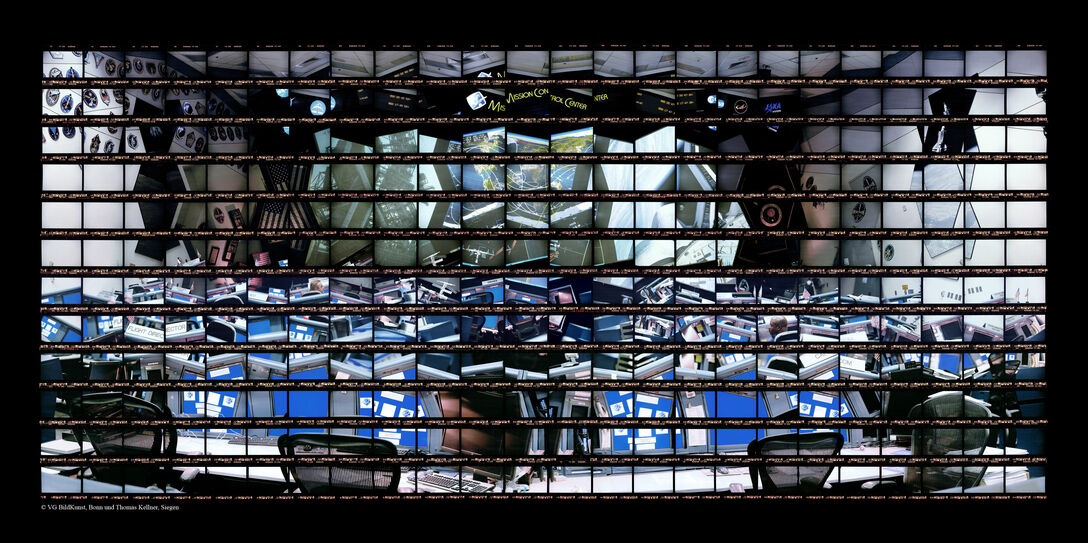
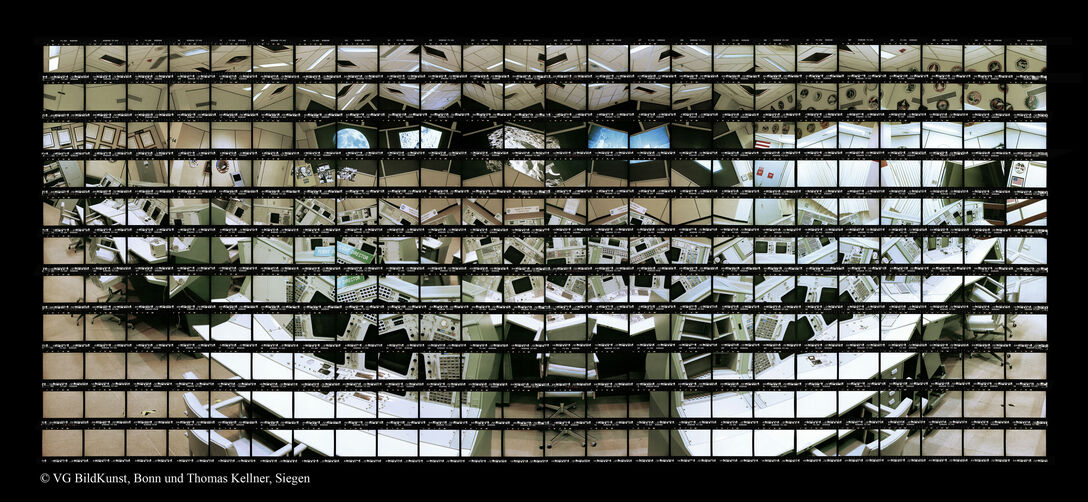
NASA's Mission Control Center (MCC) is located at the Lyndon B. Johnson Space Center, based in Houston, Texas. From there, all manned space flights have been conducted since June 1965. Mission Control has become a global hub for manned spaceflight since the installation of the International Space Station in 1998. Today, the International Space Station is being monitored at the Mission Control Center.
The teams working at the MCC have been critical to any US space flight since the Gemini IV mission in 1965, including the Apollo missions that brought people to the Moon, and more than 110 Space Shuttle mission flights since 1981. In the control rooms, the flight control teams, consisting of experienced engineers and technicians, operate 24 hours a day, 365 days a week.
Air traffic controllers constantly monitor crew activities and spacecraft systems, crew health and safety, while reviewing each system to ensure that operations run as planned. Among other things, the well-trained air traffic controllers have the necessary ability to respond to unexpected events and solve complex situations. The flight control room of the shuttle is occupied during operation with about 20 air traffic controllers, the space station with about a dozen.
The historic Apollo flight control room has been restored and designated as a national historic landmark. The Apollo space was last used in 1995 for the control of space shuttle missions. The control rooms of the latest generation were revised in the mid-nineties and are equipped with standard computer workplaces. With this change to the current architecture, the cost of operating and maintaining mission control and the mission support capabilities of the center increased dramatically. Visitors will be able to experience the drama of the Apollo moon landing from the Visitor Viewing Room in July 2019.
